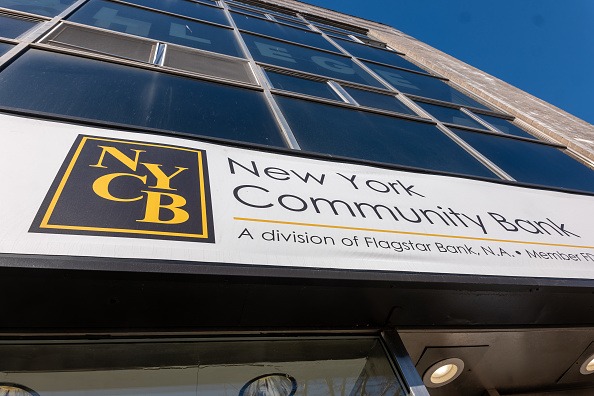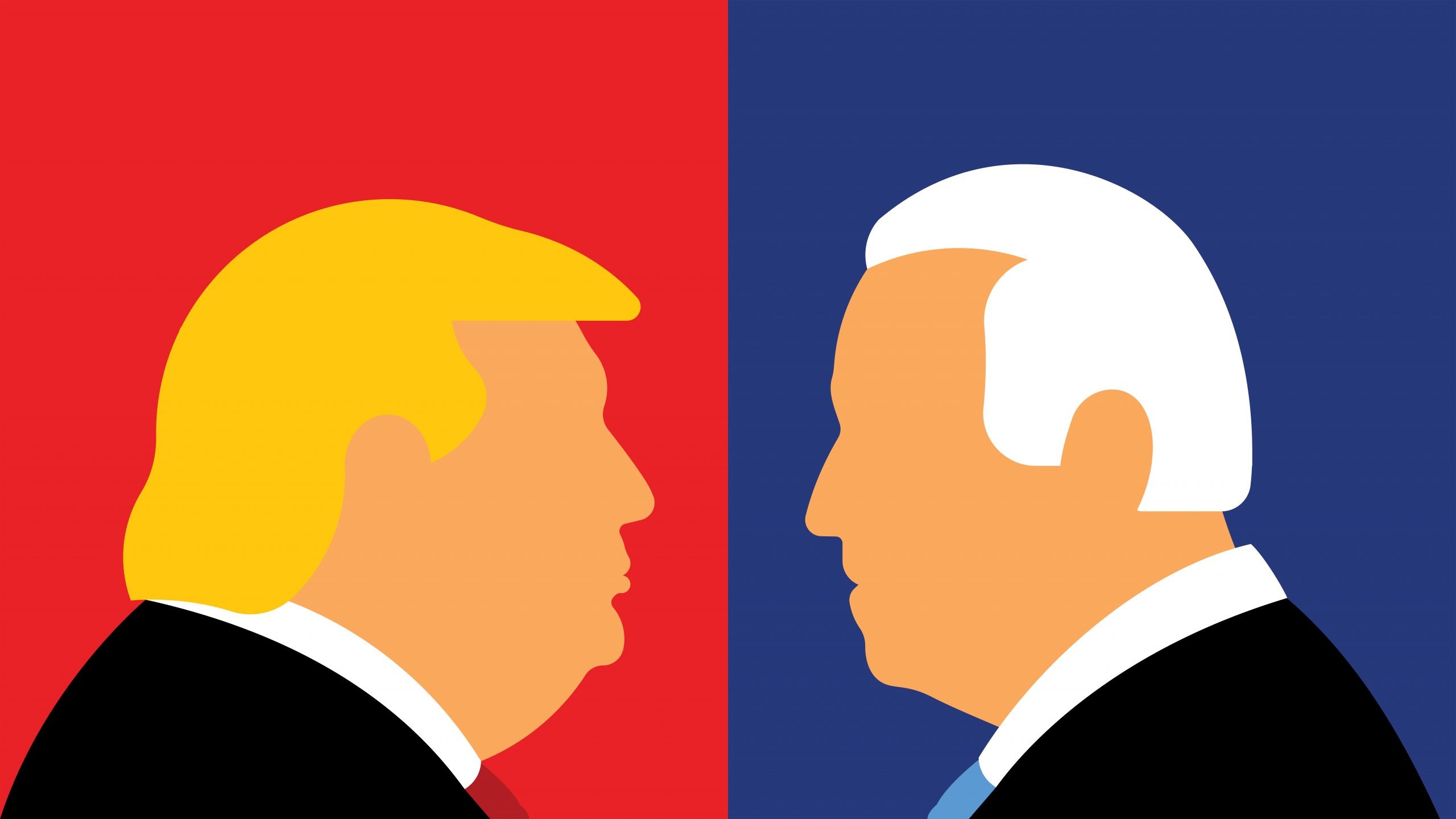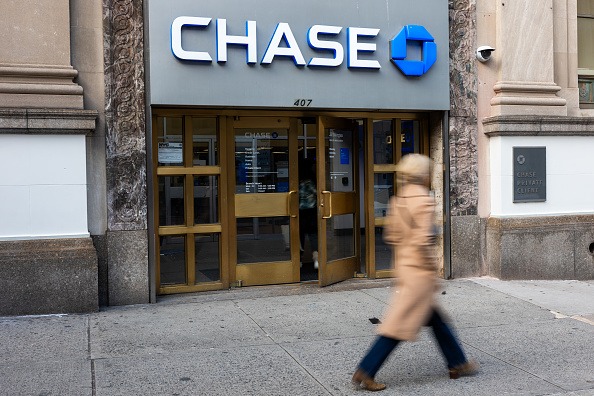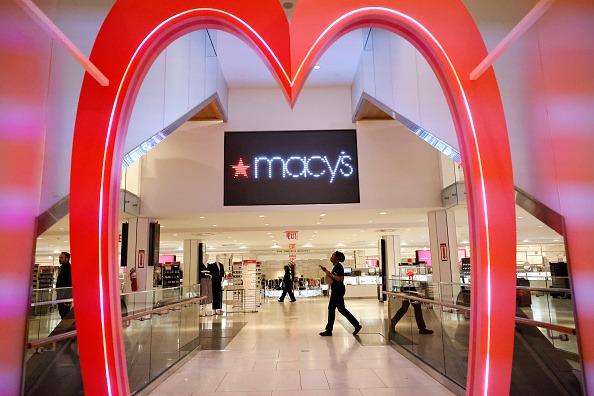SNAP Shares Down 88% Since September, Recession Fears Rising
After a dismal Q2 earnings report, shares in Snap (SNAP) cratered by nearly 40%, which stoked fears that a potential recession in the United States could be more intense than expected.
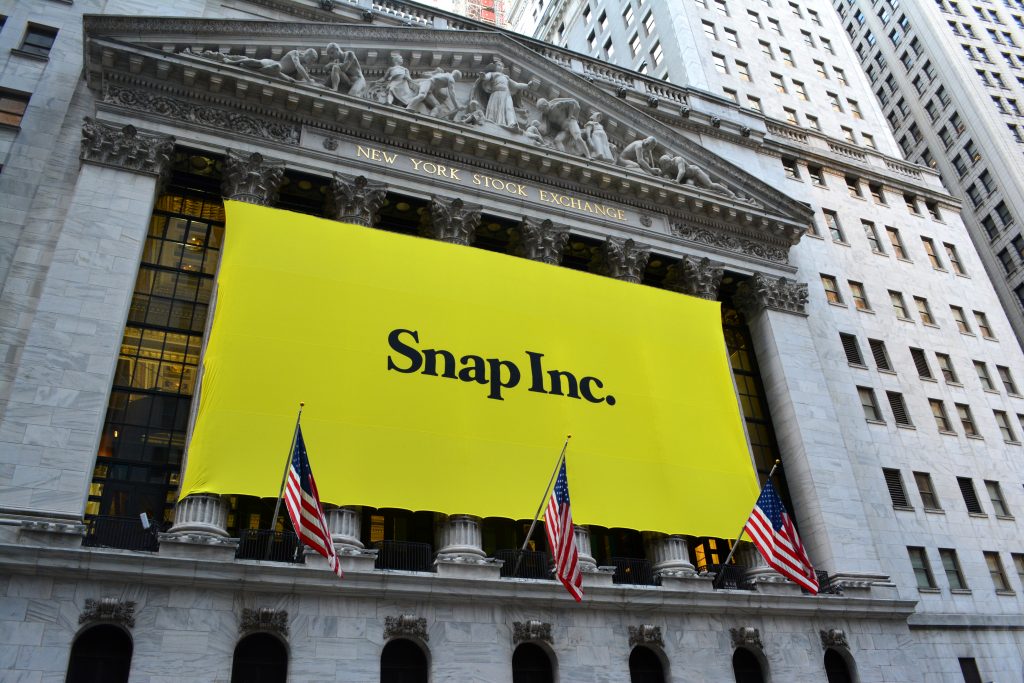
Back in September 2021, when the global tech sector was leading a broad-based “everything rally,” shares in Snap Inc. (SNAP) set a record closing high of $83.34.
At that time, SNAP shares were up an astounding 730% from March 20, 2020 through September 24, 2021. The roaring 20s—as they were nicknamed back in the 1920s—had seemingly reappeared in the 21st century.
These days, SNAP is still making headlines when it comes to its price chart, but much like the broader tech sector, they are mostly negative. In the wake of SNAP’s disappointing Q2 earnings report on July 21, shares in SNAP slumped 40%—down to $9.96.
SNAP is now down 88% since hitting that all-time high on Sept. 24, and is trading at its 52-week low. And unfortunately, there are plenty of other stocks in the tech sector that have exhibited similar behavior in recent months.
Netflix (NFLX), for example, has dropped 68% since the fall of 2021. In its recent earnings release, Netflix reported it had lost upwards of a million subscribers during Q2. However, shares actually bounced in recent days, as messaging from the company seemed to convince investors that the worst would soon be over.
The same can’t be said for SNAP, however, as Wall Street analysts quickly turned negative on the company’s ongoing prospects based on SNAP’s Q2 report. After the earnings release, Goldman Sachs downgraded SNAP from a “buy” rating to “neutral,” and dropped its price target from $25/share to $12/share.
SNAP’s earnings report also appeared to validate recent concerns about the U.S. economy. SNAP’s net loss in Q2 was $422 million, far more than the $152 million loss from a year earlier, and the company’s spending increased by nearly 29 percent.
Goldman noted in its downgrade of SNAP that “looking forward, we expect Snap as a stock to be range bound for the short/medium term as investors digest a new normal of depressed revenue growth, optimized hiring cadence (while still making investments in platform evolution) and low/no visibility as to improved operating performance.”
While none of that is good news, it was likely the revenue growth concerns that rattled investors and traders the most, and might represent the “canary in the coal mine” when it comes to a sharper than expected economic contraction in the U.S.
The potential for a recession in the U.S. has been on the table for many months, but continued strength in the labor market had many wondering if those concerns might be overblown.
During the month of June, data showed that hiring remained strong, with nearly 400,000 jobs added to the economy during the first month of summer. Likewise, the nationwide unemployment rate remains extremely low, sitting at roughly 3.6%.
Notably, the contraction in the U.S. economy this year doesn’t appear to be driven by a lack of employment opportunities, or widespread layoffs—at least not yet. Instead, recession fears are being driven by rampant inflation, and the U.S. central bank’s hawkish policy response. Rising interest rates have increased interest expenses for consumers and businesses, and that’s on top of price spikes for goods like gasoline and food.
In that regard, 2022 economic headwinds have seemingly been driven by a type of “cost of living crisis,” as opposed to widespread unemployment.
The Bureau of Labor Statistics (BLS) reported recently that from June 2021 to June 2022, the Consumer Price Index increased by 9.1%—the largest such increase since November of 1981. And while wages have also been rising, they haven’t kept pace with inflation.
Last month, the BLS reported that hourly wages had increased by about 5% from June 2021 to June 2022—well behind the rate of inflation.
The concern at this time is that the employment situation could deteriorate soon, especially if other companies start experiencing slowing revenue growth.
Well-known market pundit Mohamed El-Erian (the former head of PIMCO) said SNAP’s Q2 earnings disappointment is an indication that “there’s something going on in the company,” and that it’s likely tied to a “softening in enterprise advertising.” Like many other observers, El-Erian saw that as a potential signal that the “global economy is slowing in a rapid fashion.”
The reality is that when companies start feeling pressure to their bottom line, as a result of declining revenues and profitability, they quickly look for places to cut operational expenses. And one of the most common cuts involves human resources, especially if demand softens.
The one caveat is that workers have been hard to come by in 2022, which may make the private sector more reluctant to let people go in the current environment. That dynamic could help soften the impact of the current economic contraction.
For investors and traders, it’s important to note that the cycle of the stock market doesn’t typically match up identically with the cycle of the economy. As observed in 2022, the stock market corrected well before the recession—the latter of which hasn’t actually officially been recorded yet.
It’s expected that the U.S. economy will officially be in recession when Q2 gross domestic product (GDP) is released at the end of this month, because that would constitute two consecutive quarters of negative growth.
But despite the onset of a potential recession, the stock market could still rebound in the coming weeks or months, due to the aforementioned fact that cycles in the stock market don’t usually match up precisely with cycles in the underlying economy.
To learn more about the current market landscape, readers can check out a new installment of Truth or Skepticism featuring tastytrade co-founder Tom Sosnoff and longtime business journalist Dylan Ratigan.
Sage Anderson is a pseudonym. He’s an experienced trader of equity derivatives and has managed volatility-based portfolios as a former prop trading firm employee. He’s not an employee of Luckbox, tastytrade or any affiliated companies. Readers can direct questions about this blog or other trading-related subjects, to support@luckboxmagazine.com.









